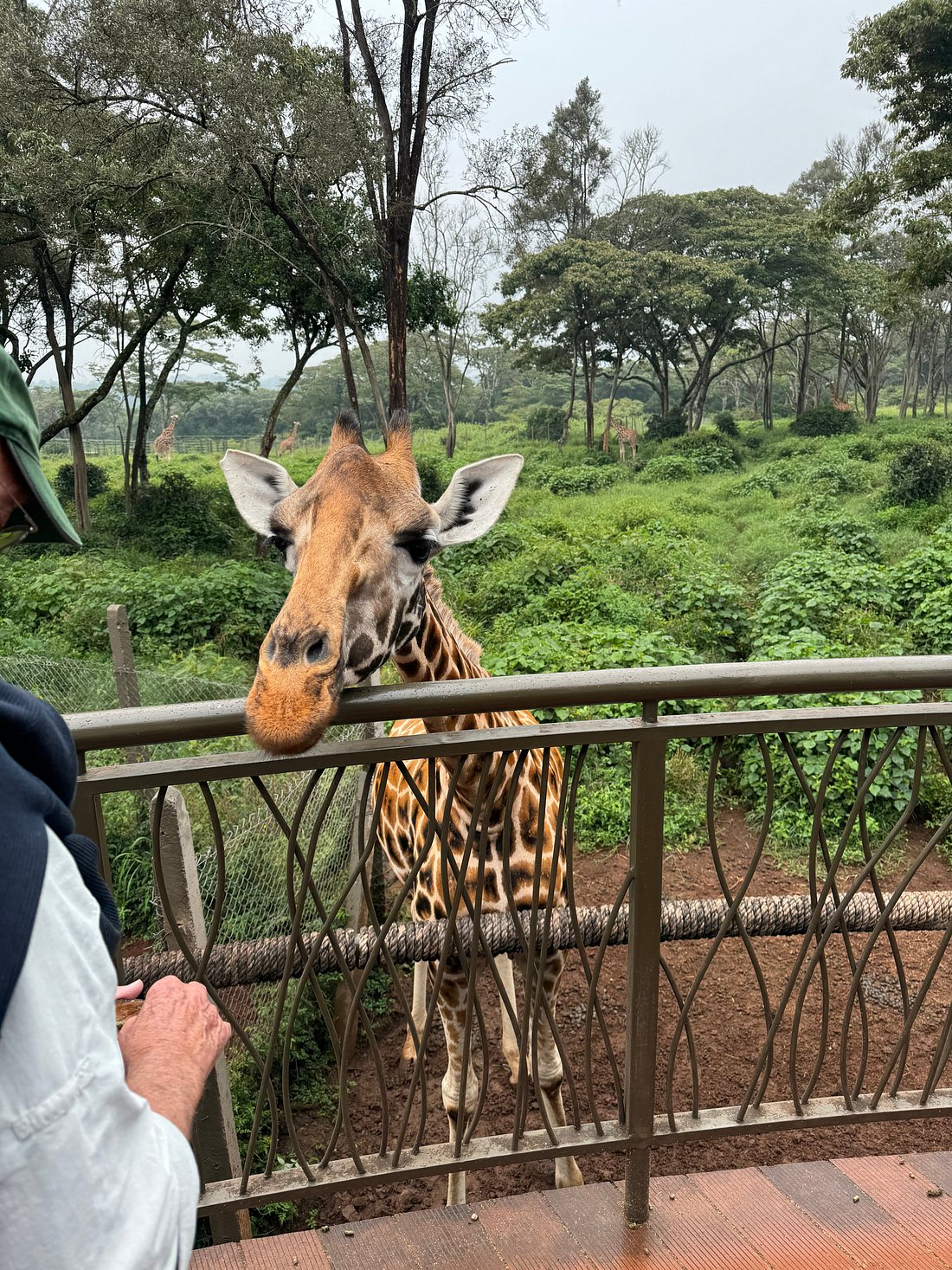Nairobi National Park Safari: Experience Wildlife Just Minutes from the City
Imagine witnessing majestic lions, graceful giraffes, and endangered rhinos, all with the Nairobi skyline in the background. Nairobi National Park is a one-of-a-kind safari destination, located just 7 km (4 miles) from Nairobi’s city center, making it the only national park in the world situated within a capital city.
For travelers with limited time, this easily accessible park offers an unforgettable wildlife safari near Nairobi, with game drives, guided walking safaris, and even visits to conservation centers. The park is home to over 100 mammal species, including four of the Big Five (lion, buffalo, leopard, and rhino), and 400+ bird species, making it a haven for both safari lovers and birdwatchers.
Whether you’re on a short layover, a weekend getaway, or a first-time safari experience, a Nairobi National Park safari guarantees adventure without leaving the city!

Why Visit Nairobi National Park?
Unmatched Convenience
- Just a 15-30 minute drive from Nairobi’s central business district.
- Ideal for half-day or full-day safaris, perfect for business travelers and layover tourists.
Rich Wildlife Diversity
- Home to four of the Big Five: lion, buffalo, leopard, and rhino.
- Other highlights include cheetahs, zebras, giraffes, hippos, and hyenas.
Conservation & Rhino Sanctuary
Nairobi National Park is one of Kenya’s top rhino conservation areas, offering some of the best chances to spot endangered black rhinos.
Stunning City Skyline Views
- A one-of-a-kind backdrop, where wildlife roams against Nairobi’s modern skyscrapers.
- Perfect for photographers and travelers seeking a unique safari experience.
Wildlife in Nairobi National Park
Big Cats & Predators
Lions, leopards, and cheetahs roam the park, offering thrilling predator encounters.
With a little luck, you might witness a lion hunt in the open savannah.
Nairobi’s Rhino Sanctuary
One of Africa’s best places to see black rhinos in the wild.
A major conservation success story, helping protect one of the world’s most endangered species.
Other Wildlife You Can Spot
Giraffes, zebras, buffalo, hippos, crocodiles, warthogs, and elands are frequently seen.
Amboseli’s diverse landscape provides excellent game viewing opportunities.
Birdwatching in Nairobi National Park
Home to over 400 bird species, including:
Flamingos, ostriches, crowned cranes, martial eagles, and vultures.
Best seasons: November to April, when migratory birds arrive.
Best Time to Visit Nairobi National Park
Dry Season (June to October & January to February) – Best for Wildlife Viewing
- Animals gather around waterholes, making them easier to spot.
- Clear skies and fewer mosquitoes.
Green Season (March to May & November to December) – Best for Photography & Birdwatching
- Lush green landscapes offer stunning photography opportunities.
- Fewer crowds, making for a quieter safari experience.
Morning vs. Evening Game Drives
- Morning (6 AM – 10 AM): Best for spotting lions, leopards, and hyenas.
- Evening (3 PM – 6 PM): Ideal for photography, with golden-hour lighting.

Top Activities in Nairobi National Park
1. Game Drives
- Experience thrilling morning and evening game drives with expert guides.
- Great opportunities for spotting big cats, rhinos, and other wildlife.
2. Guided Walking Safaris
- Explore the park on foot, led by expert rangers and naturalists.
- Learn about local plants, tracks, and the smaller creatures of the savannah.
3. Visit the David Sheldrick Elephant Orphanage
- A heartwarming experience where you can see rescued baby elephants.
- Learn about conservation efforts and how these orphans are rehabilitated for release.
4. Photography Safaris
- Capture breathtaking shots of lions, rhinos, and zebras with Nairobi’s skyline in the background.
- Best times: Early morning and late afternoon for the best lighting conditions.
Where to Stay Near Nairobi National Park
Luxury Lodges & Hotels
- Hemingways Nairobi – A 5-star luxury hotel with top-tier amenities and easy park access.
- Ololo Safari Lodge – A luxury boutique lodge inside Nairobi National Park, offering an exclusive experience.
Mid-Range & Budget Lodges
- The Emakoko – A comfortable lodge offering a perfect blend of city access and safari adventure.
- Nairobi Tented Camp – The only accommodation inside the park, offering an authentic bush experience.
How to Get to Nairobi National Park
By Road
- 15-30 minutes from Nairobi city center by car or safari vehicle.
- Best to visit with a licensed tour operator to maximize your experience.
By Air
- International travelers land at Jomo Kenyatta International Airport (JKIA), which is just 30 minutes away from the park.
Book Your Nairobi Safari Today!
Are you ready for an exciting wildlife safari near Nairobi? Whether you're on a quick layover or a weekend getaway, Nairobi National Park is the perfect safari experience without leaving the city.👉 Book your Nairobi National Park safari with Natural Tours and Safaris today!
1, & Excursions Days Nairobi 4x4 Road Safaris
A Nairobi National Park safari offers the best of both worlds—thrilling wildlife encounters just minutes from the city. With incredible Big Five sightings, rhino conservation, and scenic landscapes, it’s the ideal destination for travelers short on time but big on adventure.
From game drives to cultural visits and photography safaris, there’s no better way to experience Kenya’s urban wilderness than with Annest Kenya Safaris.
Don’t wait—start planning your Nairobi safari today!





